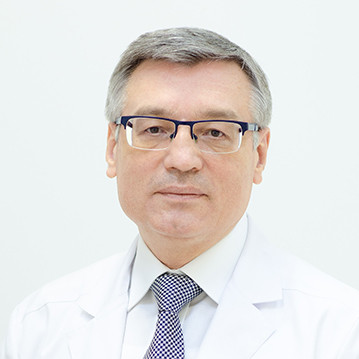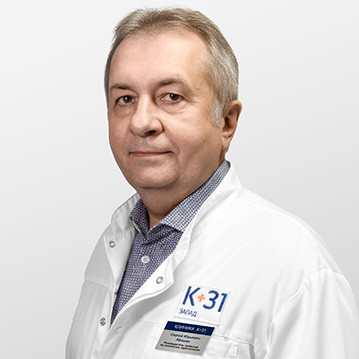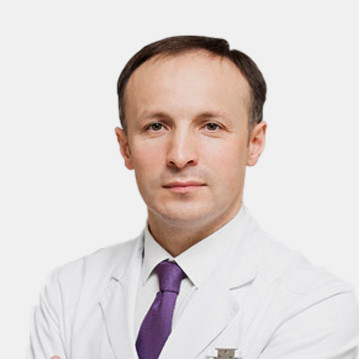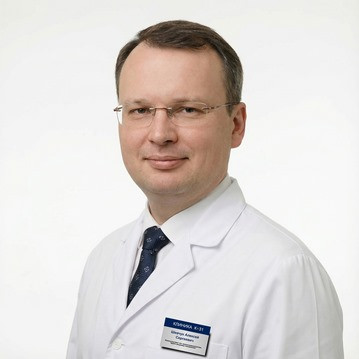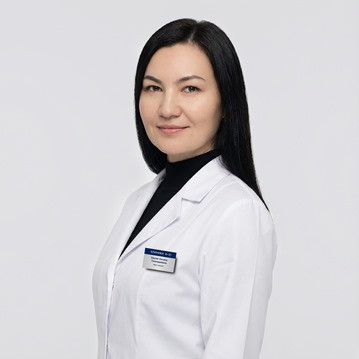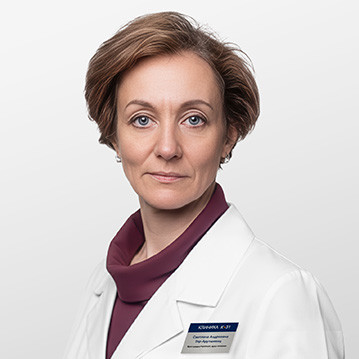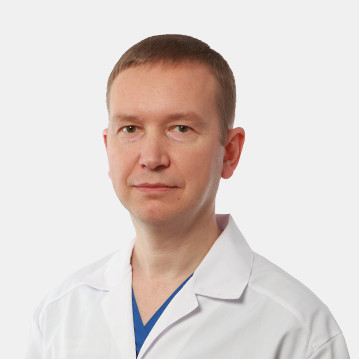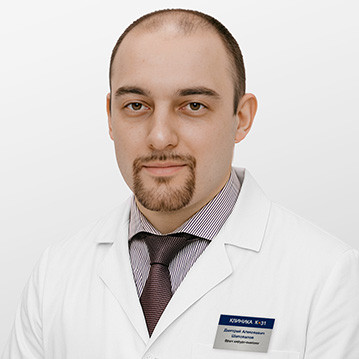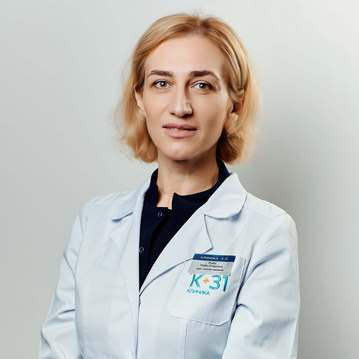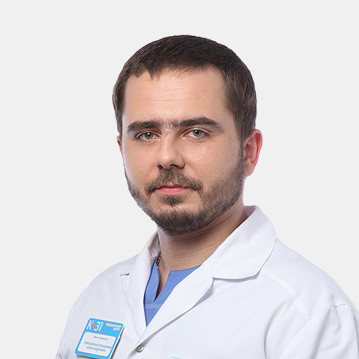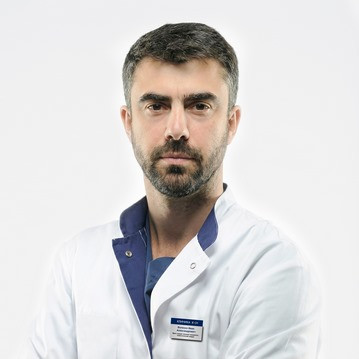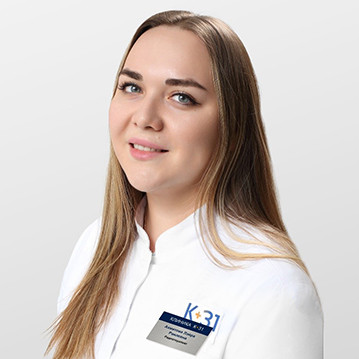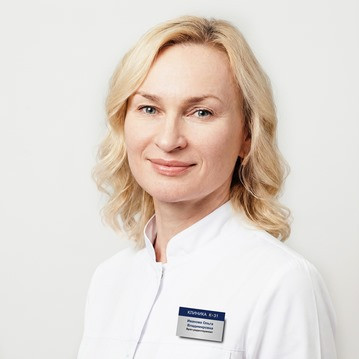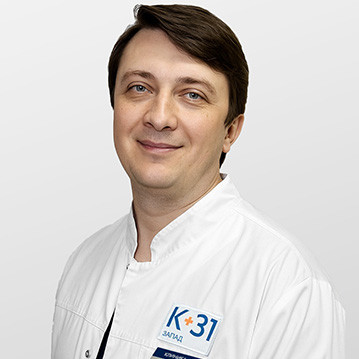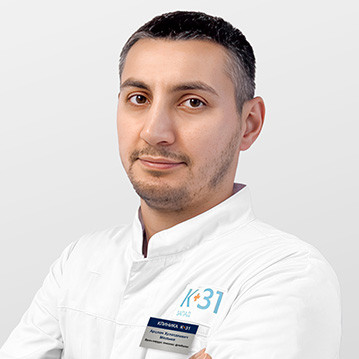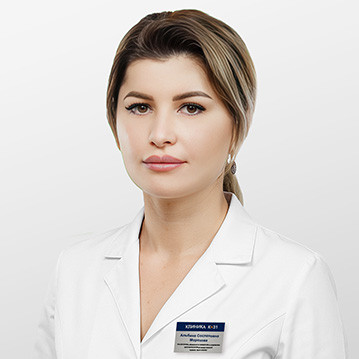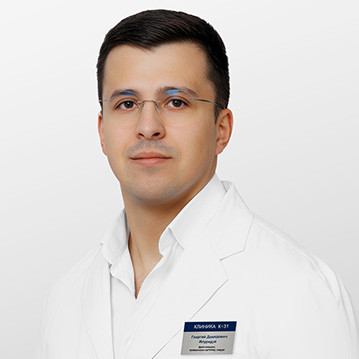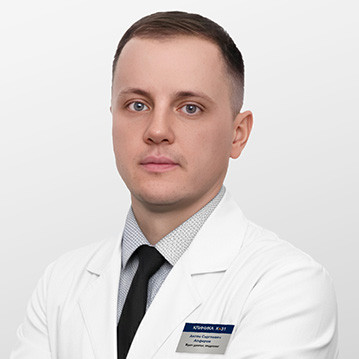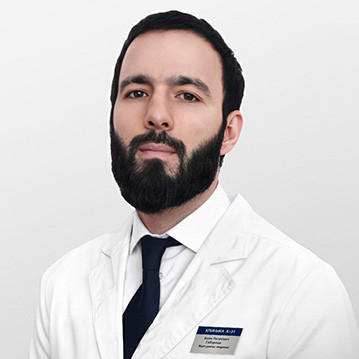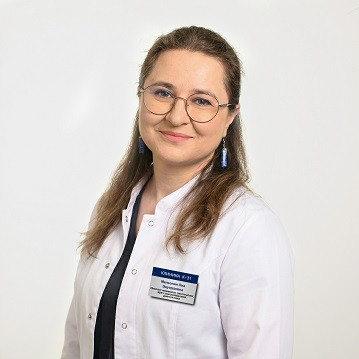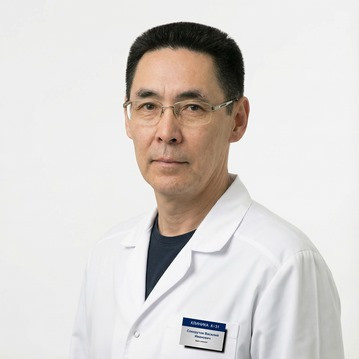Esophageal cancer is one of the most common types of malignant tumors. This disease is especially common in Asian countries such as Japan, North China and Iran. Increased incidence of esophageal cancer recorded in some parts of Siberia.
The risk of cancer is due to the peculiarities of traditional nutrition and cultural traditions of countries. The disease affects people from different age groups. Most often, esophageal cancer affects men, especially those aged 50-60 years.
Cancer of the esophagus is the most common oncological disease among all tumors of the gastrointestinal tract.
What is the esophagus and esophageal cancer?
The esophagus is a hollow tube in the chest that connects the oral cavity and pharynx to the stomach and consists of a mucous membrane (inner layer), a muscular layer and a connective tissue layer, or adventitia (outside). It is 25-30 cm long, starts in the neck (cervical part of the esophagus), passes through the posterior mediastinum (thoracic cavity) into the abdominal cavity (abdominal part), where it flows into the stomach.
Esophageal cancer develops from the epithelial cells of the esophageal mucosa. The neoplasm, as it grows, penetrates not only into the squamous epithelium, but also into the cells of other layers, and also spreads along. The gradual increase in neoplasm entails a narrowing of the lumen of the esophagus and blocks its functions. Most often, the tumor process occurs in the lower and middle parts of the esophagus.
Since the esophagus has a good lymphatic network, with the progression of the disease, cancer gives metastases, which first fall into the regional lymph nodes, and then into the distant ones.
Why does esophageal cancer occur?
This disease has a mixed nature of occurrence. The pathological process can be triggered by various risk factors:
- Injury to the mucosa.
The mucous tissue that covers the inner surface of the digestive organ is very sensitive to aggressive chemicals, heat and mechanical damage. With prolonged exposure to pathogenic factors, squamous epithelial cells are replaced by other cells that are more resistant to external influences. This replacement is called metaplasia. Experts call the transformation of cells a precancerous condition, regardless of the place of their formation. When replacement cells appear in atypical places in the patient's body, this indicates the occurrence of a malignant tumor. In some cases, it develops rapidly.
- Chronic disease of the esophagus.
The long course of an inflammatory or chronic disease of the esophagus in a patient entails consequences. Against the background of inflammation, a malignant process can begin. The result of such inflammation can be a small malignant neoplasm. These diseases include: gastroesophageal reflux disease (it leads to tumors of the esophagus and stomach), Barrett's esophagus, achalasia of the esophagus cardia, esophageal hernia. All patients with these diseases should be regularly examined
- Genetic predisposition.
Science has found a link between the development of esophageal cancer and changes in the p53 gene. A rare genetic abnormality gradually leads to an increased production of an abnormal protein, which normally prevents cells from becoming malignant.
- Injury to the esophagus, dysfunction of the sphincter between the esophagus and stomach.
- Factors that increase the overall risk of developing cancer.
- Human papillomavirus.
- Alcohol consumption.
- Thermal and chemical burns of the esophagus.
- Smoking.
- Vitamin deficiency.
- The predominance of very hot, sour and spicy foods in the diet.
- Frequent heartburn (reflux of gastric juice).
Many of these risk factors act directly on the mucous membrane of the organ through general processes in the patient's body.
Classification of esophageal cancer
-
Clinical.
According to the clinical picture of the development of the disease, it is divided into four stages of development.
- I stage. A small tumor affects the submucosa and mucous membranes of the walls of the esophagus. It does not disrupt the normal passage of food and does not cause metastases.
- Stage II. The development of the neoplasm occurs in the wall of the esophagus and reaches the muscle layer. The patient begins to experience discomfort when food passes through the esophagus. There are single metastases of esophageal cancer in closely spaced lymph nodes.
- Stage III. The disease occupies a large half of the circumference of the esophagus with spread to the walls. Tumor cells begin to penetrate into neighboring tissues, disrupt patency and complicate the movement of food. A fairly large number of metastases appear in regional lymph nodes.
- Stage IV. Penetration begins - the germination of education in other surrounding organs. Malignant formation can completely close the lumen of the esophagus. In this case, metastases are formed even on distant lymph nodes.
-
According to the location of the tumor. Esophageal cancer occurs:
- in the cervical region - cancer of the cervical esophagus;
- in the chest cavity - cancer of the thoracic esophagus (this type is most common);
- in the abdominal region - cancer of the abdominal esophagus.
-
Depending on the type of its growth, esophageal cancer is:
- exophytic - the tumor grows in the lumen of the esophagus and blocks its patency, filling the internal space;
- endophytic - the formation grows through the walls of the esophagus, penetrates into the surrounding organs and tissues, putting pressure on the lumen of the esophagus from the outside;
- mixed type - is quite rare and combines signs of endophytic and exophytic cancer, in this case the tumor grows and progresses very quickly.
The macroscopic form of a cancerous tumor of the esophagus can be:
- sclerosing;
- ulcerative;
- nodal;
- infiltrative.
The exact type of neoplasm can be determined during an endoscopic examination of the patient. Each type has its own characteristics of manifestation and distribution and affects the choice of treatment method.
Microscopic classification of esophageal cancer is determined by post-mortem examination of the biopsy material.
Types of tumor:
- carcinosarcoma;
- adenocarcinoma;
- squamous cell carcinoma;
- adenocystic.
- small cell cancer;
- mucoepidermoid cancer.
Squamous cell carcinoma of the esophagus is a tumor that originated from squamous cells of the epithelium. Adenocarcinoma is a tumor that arises in secretory (glandular) cells located in the mucosa of the esophagus.
According to the TNM system, where T means the degree of tumor invasion, N is the degree of damage to the lymph nodes, M is the presence of distant metastases, the following stages of esophageal cancer are distinguished:
- T1 - the tumor occupies the mucous membrane, T2 - grows into the muscle layer, T3 - into the connective tissue layer, T4 - into neighboring organs and tissues;
- N0 - no metastases in regional lymph nodes, N1 - 1-2 metastases in lymph nodes, N2 - 3-6 metastases, N3 - more than six;
- M0 - tumor without distant metastases, M1 - distant metastases.
Depending on the established morphological diagnosis, oncologists plan the treatment of esophageal cancer. It also depends on the type of structure and localization of the tumor, which metastasizes to the lymph nodes and organs. The higher the degree of differentiation of cancer cells, the better the clinical prognosis. Cells with a low level of differentiation indicate a serious course of the disease.
How to identify cancer of the esophagus? Symptoms
Esophageal cancer is more favorable in terms of symptoms than other neoplasms of the gastrointestinal tract. In the first stages of the development of a malignant tumor, a person has mild symptoms and discomfort when swallowing food. It is this condition that encourages the patient to consult a doctor for a diagnosis.
Signs of esophageal cancer:
- impaired passage of food (dysphagia) caused by narrowing of the esophagus;
- sore throat, cough, hoarseness;
- discomfort during swallowing;
- nausea and vomiting;
- gradual exhaustion of the body, weakness, anemia;
- belching, heartburn;
- bad breath;
- increased salivation;
- aversion to meat;
- temperature;
- weight loss;
- pain in the projection of the tumor (in the chest, between the shoulder blades, in the area of the solar plexus) - this condition is sometimes confused with angina pectoris, osteochondrosis, deforming spondylosis.
Dysphagia in esophageal cancer is divided into four degrees: 1 - difficulty passing solid food, 2 - soft food, 3 - liquid, 4 - complete obstruction.
When the disease spreads to neighboring organs, the patient begins to show symptoms from their side, such as respiratory failure, local pain and cough.
You need to see a doctor in the earliest stages of cancer. This will allow timely start of cancer treatment and reduce the adverse effects.
Complications of esophageal cancer
- Pain syndrome. The development of the tumor is accompanied by pain and is difficult to anesthetize. Pain may increase during swallowing.
- Obstruction of the lumen of the esophagus. The normal movement of food through the esophagus is disrupted, which subsequently leads to the exhaustion of the entire patient's body.
- Esophagotracheal fistula. This painful canal forms between the trachea and the esophagus. As a result, breathing and digestion are disturbed. During coughing, fragments of food can be found in the sputum.
- Bleeding. As the neoplasm grows, so does the vascular tissue around it. As decay occurs, the capillaries around the tumor become damaged and bleed.
The above complications appear in the advanced stages of esophageal cancer and require symptomatic treatment.
